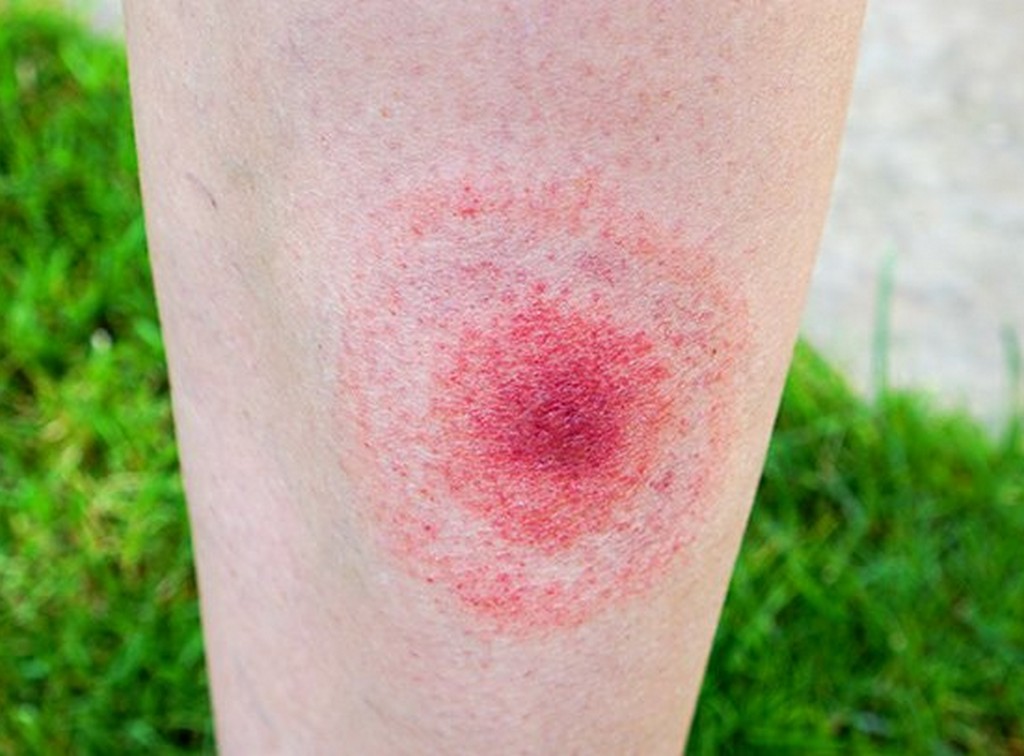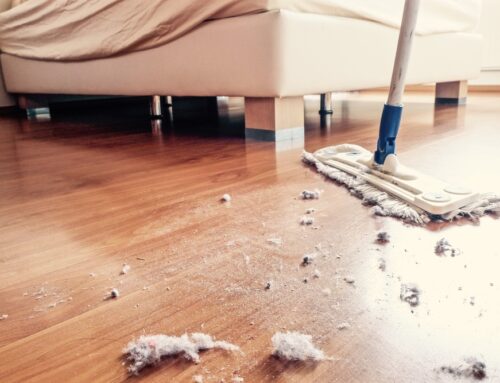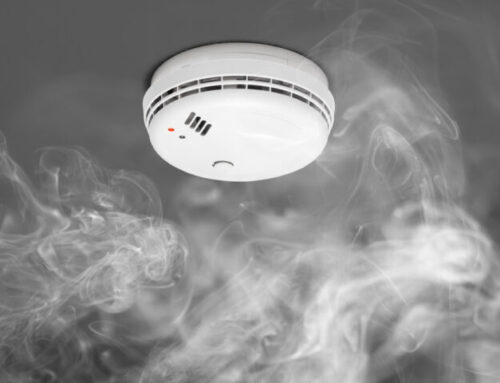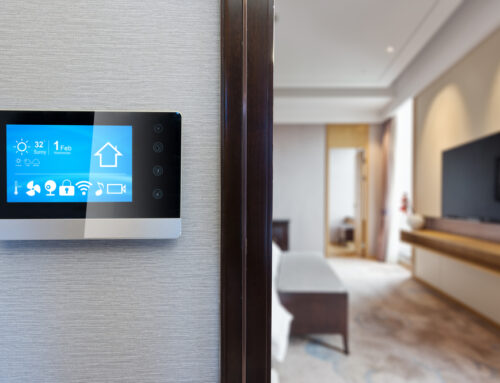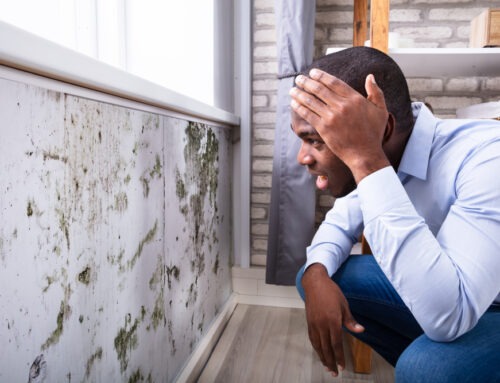Lyme disease infections can be particularly difficult for the human body’s immune system to deal with. However, symptoms are intensified in conditions with poor indoor air quality. It is recommended that building occupants ensure the quality of their air is hygienic and safe, avoiding complicating Lyme disease infections or even preventing them from occurring in the first place.
Today, let’s explore the link between Lyme disease and indoor air quality.
What is Lyme Disease, Specifically?
Before we further explore the influence of a building’s indoor environment on symptoms, let’s spotlight what Lyme disease entails. This is an infectious illness that targets a number of areas of the body. Many symptoms are often misdiagnosed and, therefore, fewer cases of Lyme disease are reported than there really are. Lyme is caused by an infectious species of bacteria known as Borrelia burgdorferi, which is usually transferred from a tick bite to the human immune system.
Of all the symptoms of Lyme disease, a large, bulls-eye-looking rash is typically the most significant indicator of an infection. Other symptoms include hair loss, swelling around the eyes, bodily twitching and nausea, various forms of pain including in the joints, neck and back, lethargy, headaches, and general flu-like symptoms. In fact, there are so many indicators of Lyme disease which is why many cases aren’t caught.
How Building Conditions Influence Symptoms
Building occupants are influenced by our indoor environment, and people suffering from Lyme disease in indoor conditions with poor air quality are faced with a myriad of symptoms. Some of these symptoms are negatively influenced by the indoor environment via factors such as sound, smell, odour, particles, mold, and relative humidity. Other elements come into play and can influence the intensity of these symptoms, including chemical sensitivity or a typical loss of general well-being. Also, consider the fact that all indoor environments are affected by mass and energy stressors; individual building stressors are different for each household and are influenced by biological and chemical loads.
It has been suggested that chronic Lyme disease patients are influenced by the indoor environment, specifically when it comes to elevations in humidity and mold spore counts. Lyme disease patients are also affected by chemical hypersensitivity, industrial toxins, elevated ultrafine particulate counts, and common allergy triggers.
Identifying and Quantifying Triggers
Our indoor environments are susceptible to elevated chemical or biological “loads” that are caused by occupant activity or building science-related conditions. An effective Lyme disease treatment strategy is to reduce all unnecessary exposures to external stressors by lightening these loads. This enables the immune system to become less taxed over time and ready to begin the healing process. A healthy indoor environment begins with identifying and quantifying known air quality contaminants and limiting our exposure to them. An indoor air quality investigation identifies environmental conditions that pose potential unnecessarily high loads present in our personal indoor environment.
An air quality audit and building system inspection, performed by our certified building inspections and environmental consultants, will quickly identify and quantify any and all exposures to mass or energy stressors. These can otherwise affect the health of the immune-compromised occupant of the building in question.
Why You Should Take Action Sooner than Later
As more mycotoxins affect your immune system, the iller you may end up feeling. An unhealthy immune system will lengthen the recovery period and negatively impact your everyday way of life. In fact, those who remain in poor-condition indoor areas may not recover fully until the air quality is addressed in an effective manner. Taking action now and working with an experienced inspector to verify the situation at hand can save you a lot of money, time, and of course, your health.
Our technicians are able to produce a list of comprehensive home remedies, repairs or alterations that will immediately improve air quality and reduce environmental loads. Reports are easy to understand, featuring helpful images and guidelines, product suggestions, and cleaning or mechanical system improvement steps that may be necessary to improve your air quality. Our reports can be easily geared towards the average homeowner, do-it-yourself-er, or industry professional tradesmen.
Indoor Air Quality Ottawa has been investigating air quality conditions for over 20 years. Why not start the road to recovery with an indoor air quality assessment of your home today? We’re glad to help suggest an appropriate course of action after performing a comprehensive inspection of your current conditions.


